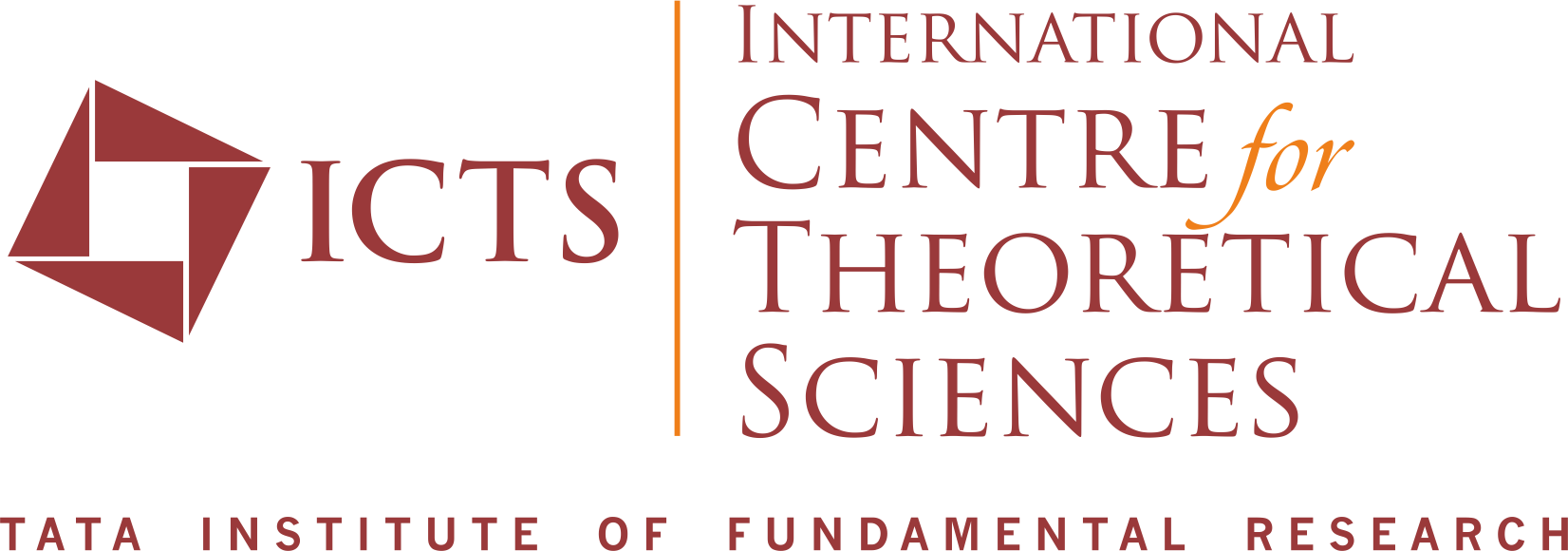| Time | Speaker | Title | Resources | |
|---|---|---|---|---|
| 09:30 to 11:00 | Dimitrios Psaltis (Georgia Tech, USA) |
The Kerr metric and its observational consequences Readings: |
||
| 11:30 to 13:00 | Sanved Kolekar (IIA Bengaluru, India) | Schwarzschild black hole & Spherically symmetric black holes: Null geodesics, Photon sphere, Shadow | ||
| 14:30 to 16:00 | - | Tutorial 1 | ||
| 16:30 to 18:00 | - | Discussion |
| Time | Speaker | Title | Resources | |
|---|---|---|---|---|
| 09:30 to 11:00 | Sanved Kolekar (IIA Bengaluru, India) | Kerr BH: Null geodesics, Equatorial trajectories, Spherical photon orbits, Light rings, Shadow structure. | ||
| 11:30 to 13:00 | Dimitrios Psaltis (Georgia Tech, USA) |
Beyond the Kerr metric Readings:
|
||
| 14:30 to 16:00 | Rajibul Shaikh (Seoul National University, South Korea) | - | ||
| 16:30 to 18:00 | - | Discussion |
| Time | Speaker | Title | Resources | |
|---|---|---|---|---|
| 09:30 to 11:00 | Sanved Kolekar (IIA Bengaluru, India) | Stationary axisymmetric BH: effective potentials, Light rings proofs, SPOs, photon region | ||
| 11:30 to 13:00 | Dimitrios Psaltis (Georgia Tech, USA) |
Testing the Kerr metric with Black Hole Images Readings: |
||
| 14:30 to 16:00 | - | Tutorial 2 | ||
| 16:30 to 18:00 | - | Discussion |
| Time | Speaker | Title | Resources | |
|---|---|---|---|---|
| 09:30 to 11:30 | Feryal Özel (Georgia Tech, USA) |
Peering Into the Darkness – Imaging Black Hole Horizons For the first time in history, we have captured images of black holes, allowing us to study their event horizons—the very boundaries beyond which nothing escapes. This achievement, realized through the Event Horizon Telescope (EHT), was the result of two decades of innovation, collaboration, and technological advancements. By linking radio telescopes across the globe, we created an Earth-sized observatory capable of resolving the shadows cast by supermassive black holes. These images have confirmed Einstein’s predictions, tested gravity in extreme conditions, and provided unprecedented insights into black hole physics. But this is just the beginning. Future advancements in imaging techniques, additional telescopes, and space-based interferometry will sharpen our view and allow us to explore black holes across the universe. As we push the boundaries of observation, we will uncover even more mysteries about these enigmatic cosmic giants and their role in shaping galaxies. |
||
| 11:30 to 13:00 | Dimitrios Psaltis (Georgia Tech, USA) |
Testing the Kerr Metric with Gravitational Waves Readings: |
||
| 14:30 to 16:00 | Prashant Kocherlakota (Harvard University, Cambridge, USA) | Research Presentation | ||
| 16:30 to 18:00 | - | Discussion |
| Time | Speaker | Title | Resources | |
|---|---|---|---|---|
| 09:30 to 11:00 | - | Tutorial 3 | ||
| 11:30 to 13:00 | Dimitrios Psaltis (Georgia Tech, USA) |
Testing the Kerr Metric with Other Electromagnetic Observations Readings:
|
||
| 14:30 to 16:00 | - | Tutorial 4 | ||
| 16:30 to 18:00 | - | Discussion |
| Time | Speaker | Title | Resources | |
|---|---|---|---|---|
| 09:30 to 11:00 | Vitor Cardoso (Niels Bohr Institute, Denmark) | Challenges ahead | ||
| 11:30 to 13:00 | - | Tutorial 4 | ||
| 14:30 to 16:00 | - | Research Presentation (TBA) | ||
| 16:30 to 18:00 | - | Discussion |

